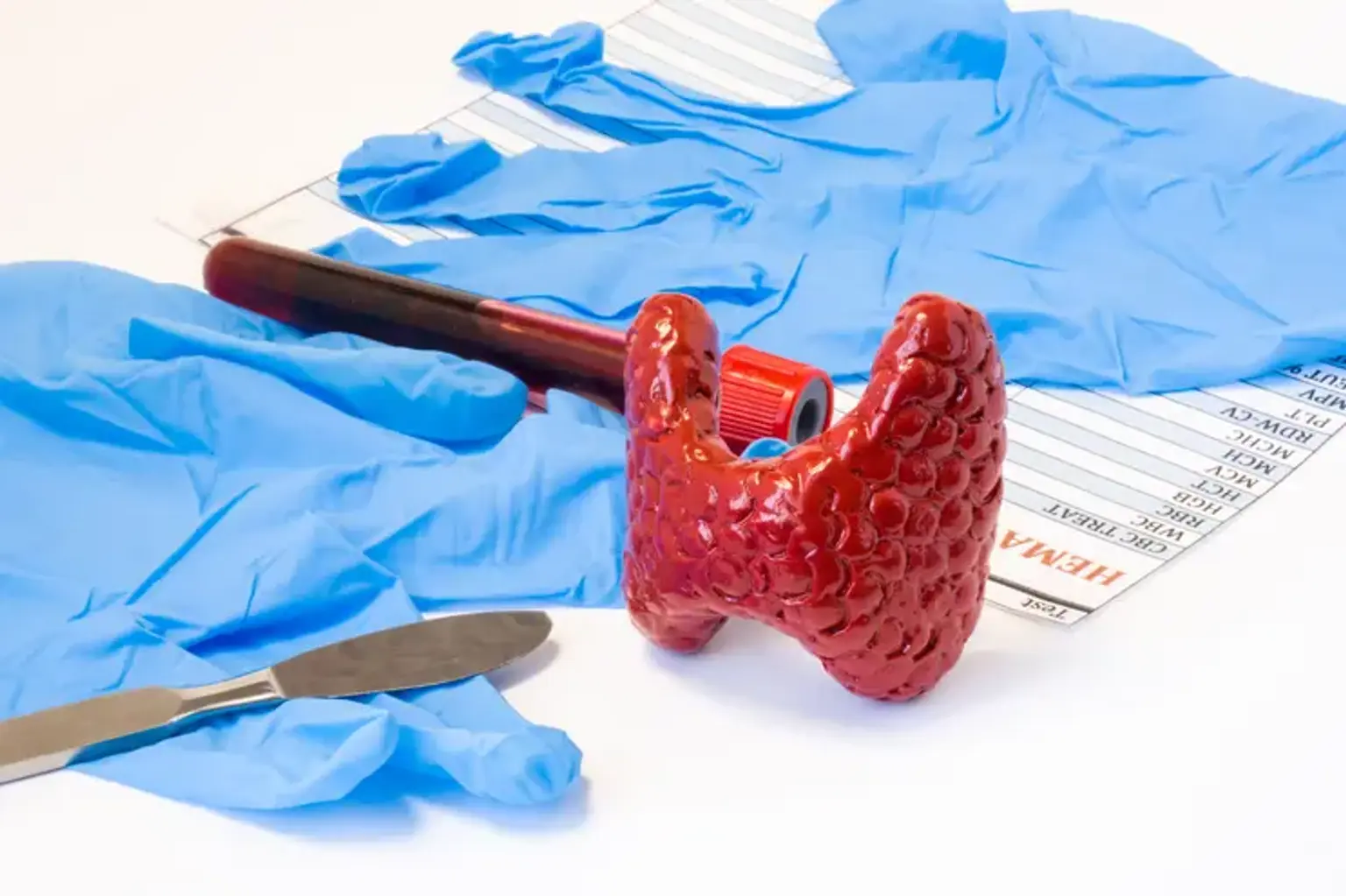Thyroidectomy
Overview
Thyroid cancer arises from the thyroid gland, which is part of the endocrine system. Hormones produced by the thyroid gland govern body temperature, heart rate, and metabolism. The most prevalent kinds of thyroid cancer, papillary and follicular, respond quite well to therapy. The majority of thyroid malignancies are treatable. The most frequent therapy for thyroid cancer is surgery. Depending on the size and location of the tumor, your surgeon may remove a portion of the thyroid gland (lobectomy) or the entire gland (thyroidectomy).
